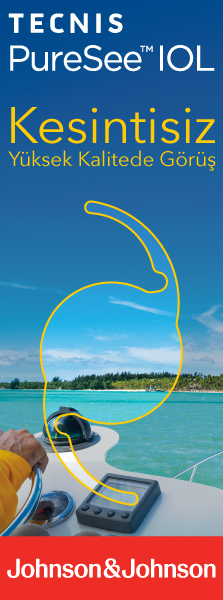TJ-CEO
2025 , Vol 20 , Num 1
Revolutionizing Glaucoma Care: Harnessing Artificial Intelligence for Precise Diagnosis and Management
1Ahi Evran University, Research and Training Hospital, Department of Ophthalmology, Kırşehir, Türkiye2Atılım University Faculty of Medicine, Department of Ophthalmology, Ankara, Türkiye DOI : 10.37844/TJ-CEO.2025.20.1 Glaucoma is a leading cause of irreversible blindness worldwide, necessitating early detection and effective management to prevent vision loss. Recent advancements in artificial intelligence (AI) have revolutionized glaucoma care by enhancing diagnostic accuracy, monitoring disease progression, and personalizing treatment strategies. AI models, including machine learning and deep learning algorithms, have demonstrated exceptional performance in analyzing fundus photography, optical coherence tomography, and visual field data, surpassing traditional diagnostic methods. Convolutional neural networks have shown high sensitivity and specificity in detecting glaucomatous changes, while vision transformers and hybrid AI models further refine risk assessment and prognosis. Additionally, AIpowered monitoring systems utilizing multi-modal data integration allow for more precise prediction of disease progression and the need for surgical intervention. The incorporation of AI into telemedicine and wearable intraocular pressure sensors extends glaucoma management to remote and underserved populations. Despite these advancements, challenges remain, including issues related to algorithm generalizability, data standardization, bias, and ethical concerns regarding AI-driven clinical decision-making. To maximize AI?s potential in glaucoma care, further interdisciplinary research, regulatory oversight, and multi-center validation studies are needed. By addressing these challenges, AI can be effectively integrated into clinical practice, leading to improved early detection, enhanced treatment strategies, and more personalized patient care. The future of AI in glaucoma management holds great promise, paving the way for a more data-driven and patient-centered approach to combating this sight-threatening disease. Keywords : Artificial intelligence; deep learning; diagnosis; glaucoma; management





